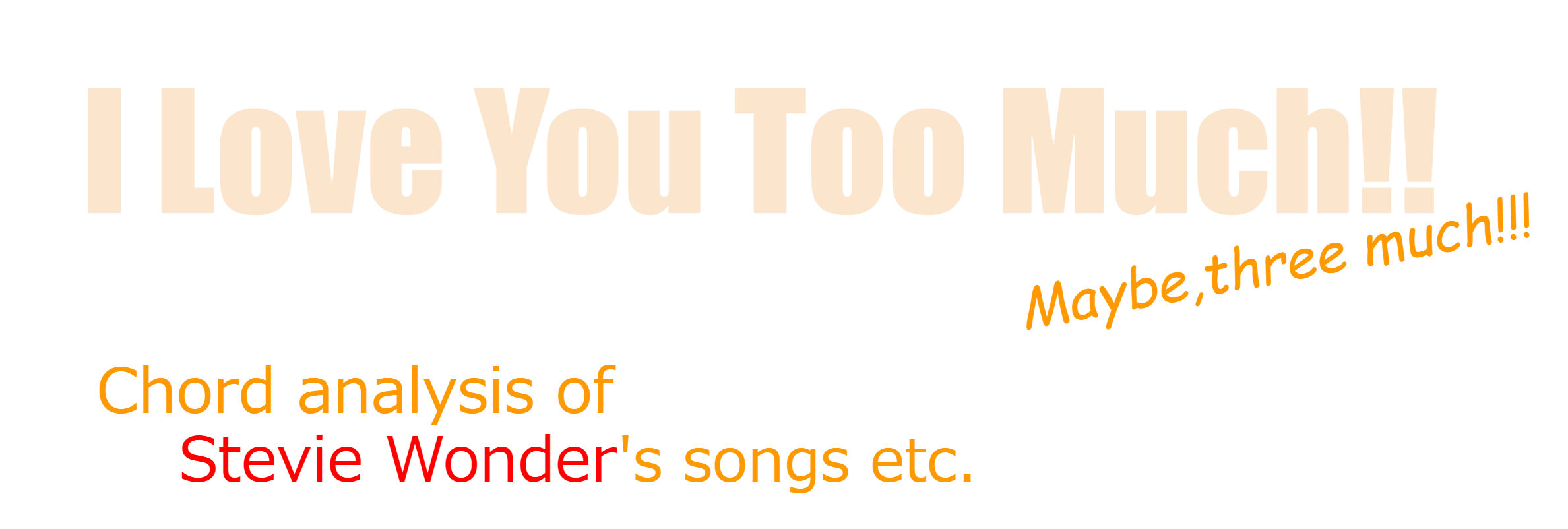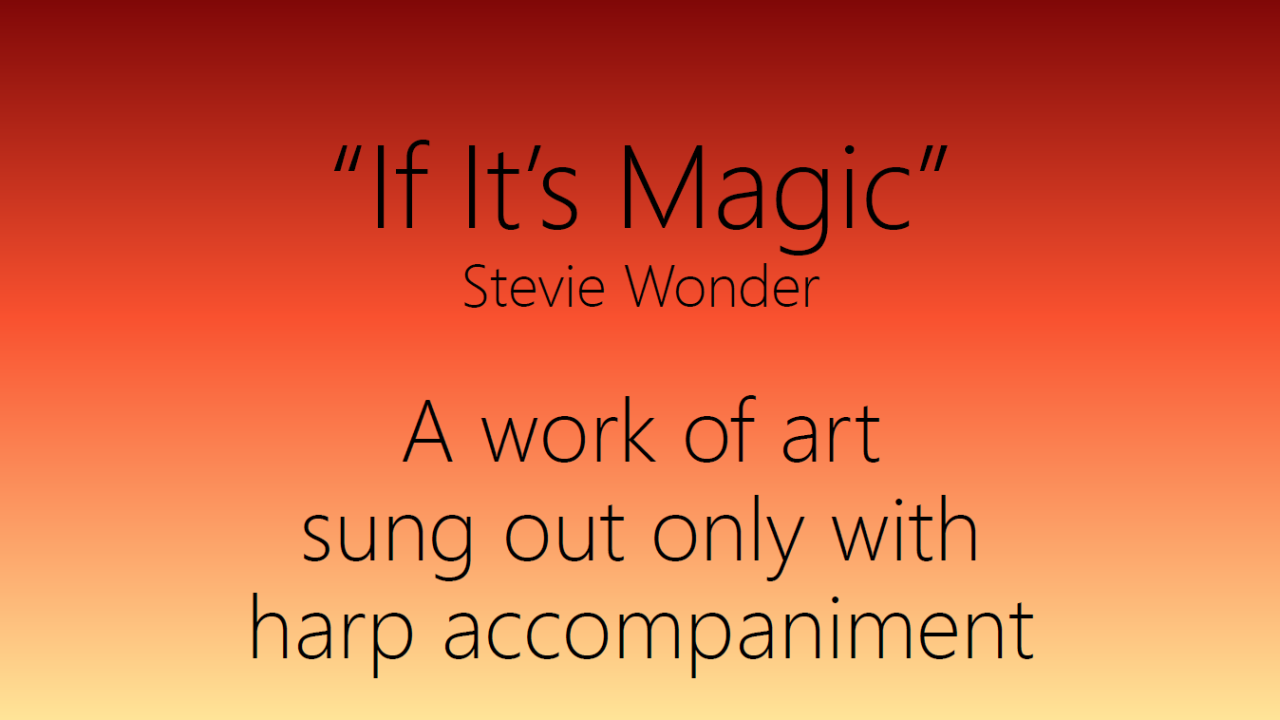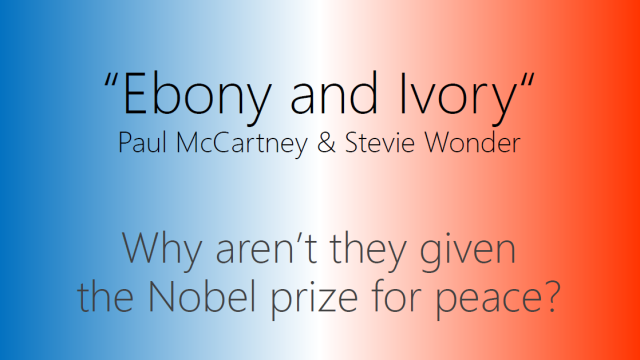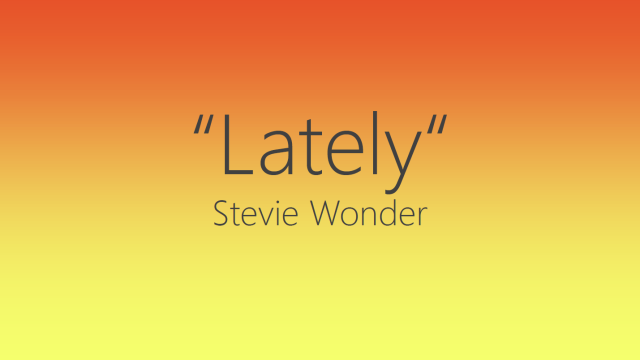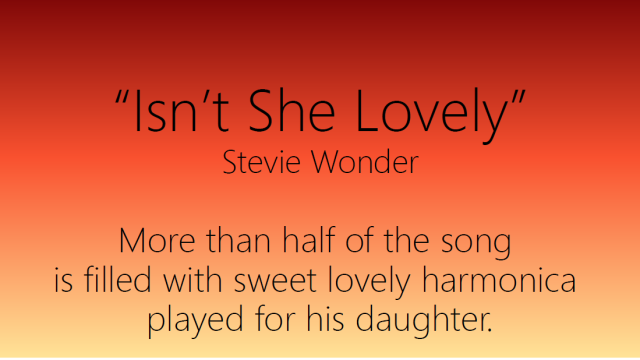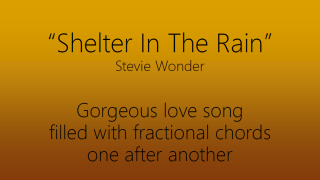Introduction
Is there any particular name for this kind of songs without a certain constant rhythm, isn’t it? It can be few in popular music as far as I’m concerned.
The musical score I have says “Freely” at the beginning. The instructions on the score made me feel so briefly to be honest.
The arrangement of the song consists of just harp and vocals, except harmonica played in the ending part. It might not need to use the other instruments, wasn’t it? Because the song was made out perfectly pure.
The harp player was a jazz harpist named Dorothy Ashby (1932-1986). Stevie’s album “Songs in the Key of Life ” was released in 1976, which means she played with Stevie when she was a little over 40 years old, and she passed away 10 years later at so young age of 54.
The song sounds bringing about an atmosphere like divine revelation falling from the night sky, doesn’t it?
Let’s check the chords up to see how the progression is going on in this mysterious as well as hidden music masterpiece!
コードの話
Intro
The cords are progressed as below.

I feel quite difficult to explain because it may look a bit out of the world under the sun to my apology.
The root note goes up half tone chord by chord, it’s clearly understood to see it, though. I’m sorry again.
If you play it on a keyboard, you’d better follow the figures as below.
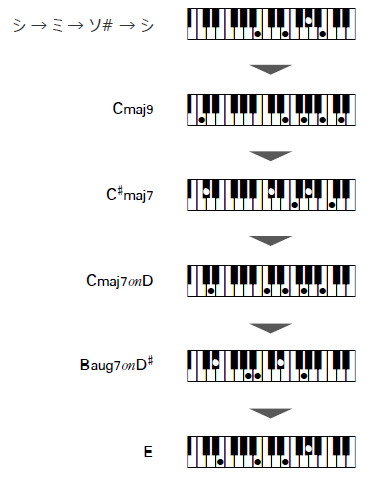
In Baug7 part, A note may not be played with the harp. It’s OK to replace the 7th chord by Baug (removing A note). But the musical score I have referred to shows aug7 in the part and I’d like to keep my right hand to play the 4 notes as it is. That’s why, I have adopted the figures.
What a brilliant intro!
Dear Dorothy, I bet you felt so good when you played this harp notes.
1st Verse
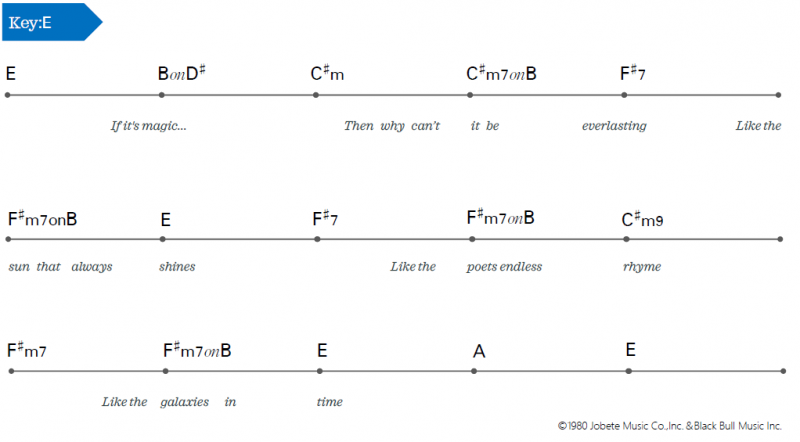
There’s nothing particular for the chords progression, and it is going with popular chords on Key:E.
In “Making of “Songs in the Key of Life” (DVD)” , you can listen to the just piano version of this song, which I think quite valuable.
In the play, F#7 chord part sounds F#9 instead. These people can manipulate tension chords at will, so I guess it doesn’t really matter regardless of which chords are adopted.
2nd Verse-1

I’m sure many of you are wondering, “Oh, no! “.
Don’t worry. I’m posting the keyboard figures later. You can do playing it, yes,you can!
Then, the key suddenly modulates to Key:C. I guess you could say it’s OK to keep Key:E, because it is settling down to Emaj7 at the end. But, G and F appear during the chords progression Emaj7 at the end is used as something like a substitute for E7 (III7 of Key:C) , so I may think Key:C can be.
It doesn’t really matter either one can be adopted. The modulation is not there in the musical score sold in the market.
Here’s the keyboard figures as below. How is this!
You don’t need to move your right hand much.
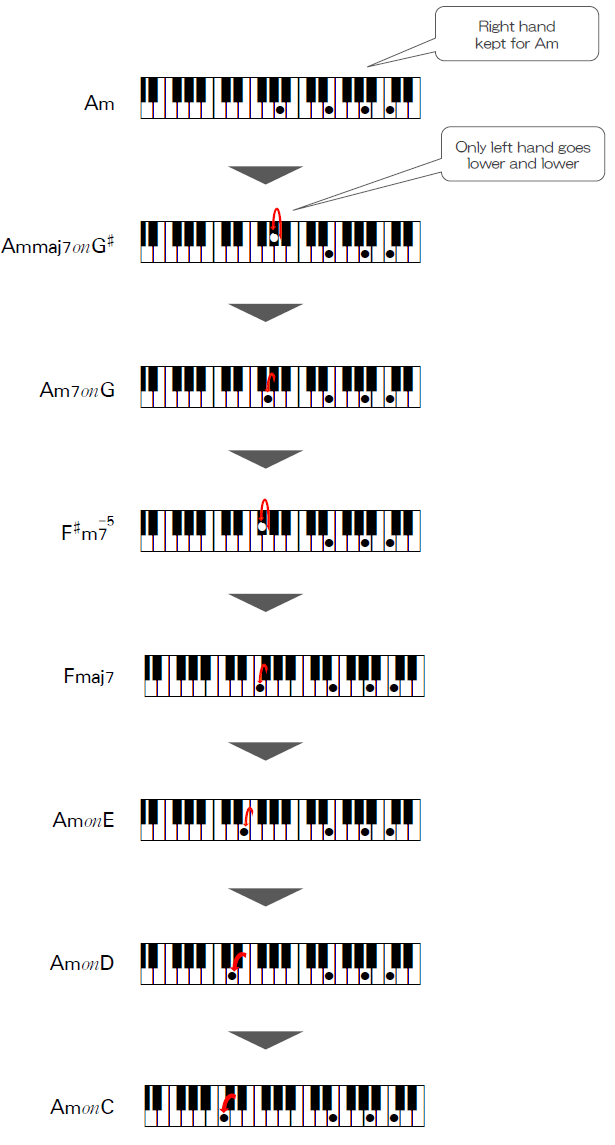
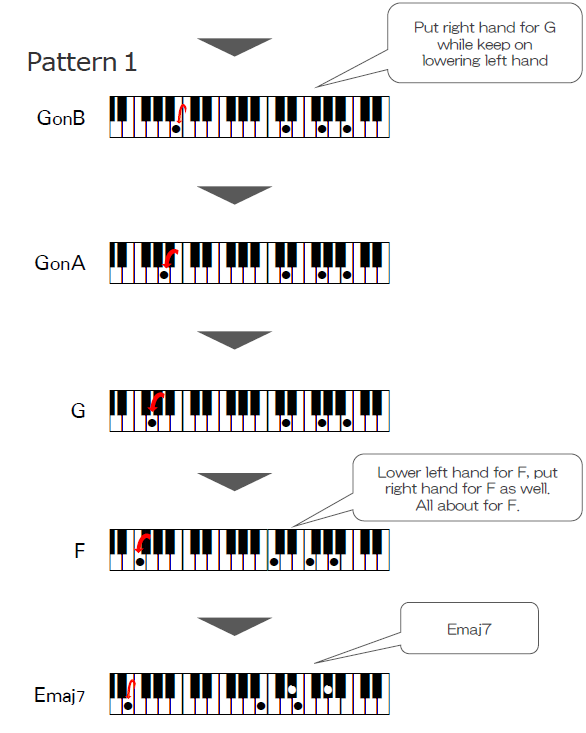
That’s almost the same. Let’s go to the next phrase.
2nd Verse-2

Look! Here comes the crucial III/V!
By the way, in the musical score I’m referring to presents B13♭9 to this part. I’m not sure which chord should be correct exactly because a lot of notes are played out from the melodical harp. But I believe it must be the magical chord III/V Stevie loves to use in his other songs as well so I can believe in myself to adopt III/V here.
The following keyboard figures are the pattern2 replacing the above pattern1.
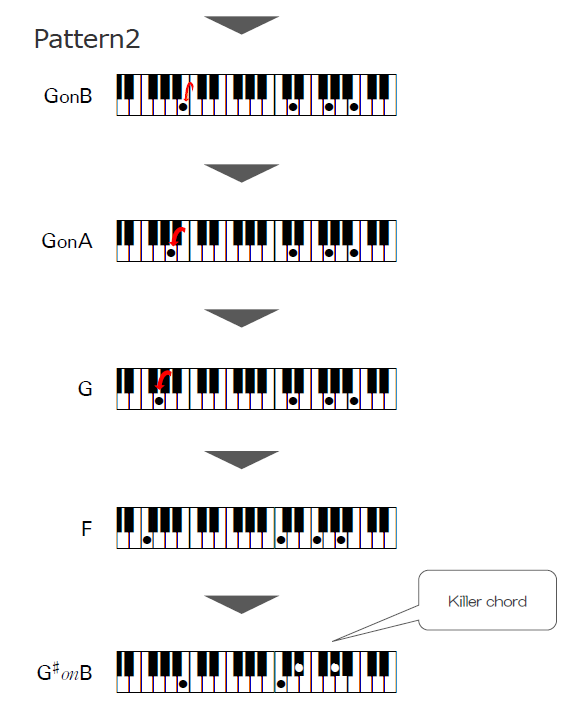
Why don’t you add the highest tone B in your right hand for whoever feels the last chord is not enough? It sunds on the original harps probably.
In addition, in the second chorus, I may guess G and F chords are cut out so the progression can be G/B → F/A → G#/B.

Ending with harmonica
After the vocal part, Stevie plays a harmonica to sound like enjoying the lingering melody towards the ending.
The shortened version of the chords in the 1st verse is connected to the chords in the 2nd verse. In the transition, B♭m7♭5 is inserted in between.
That’s why, the root is properly connected as B→B♭→A.
He’s also good at putting a chord that fits perfectly when connecting this and another.
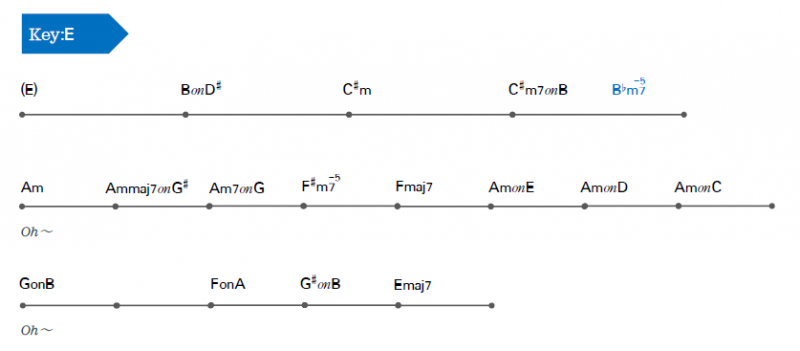
Conclusion
I think, the song can bring about so romantic atmosphere to be likely used in vital scenes in musicals.
The album “Songs in the Key of Life” has been often described as an excellent combination of entertainment and artistry and so on.
We can say, this is one of the most crucial songs in the album to guarantees the artistry part in the description firmly.
